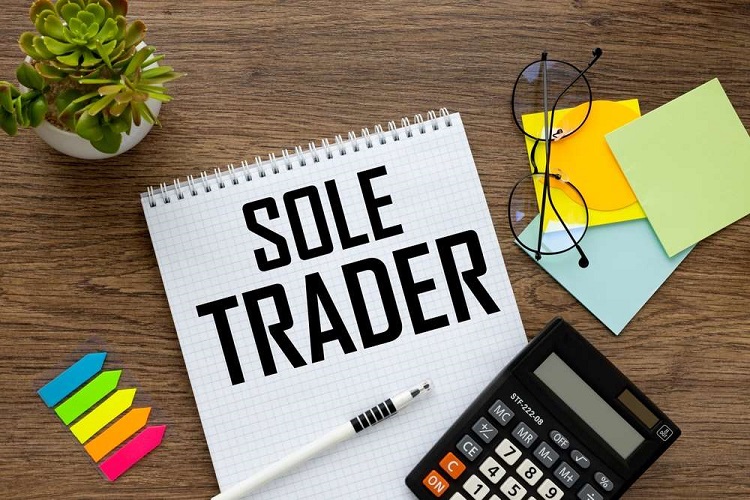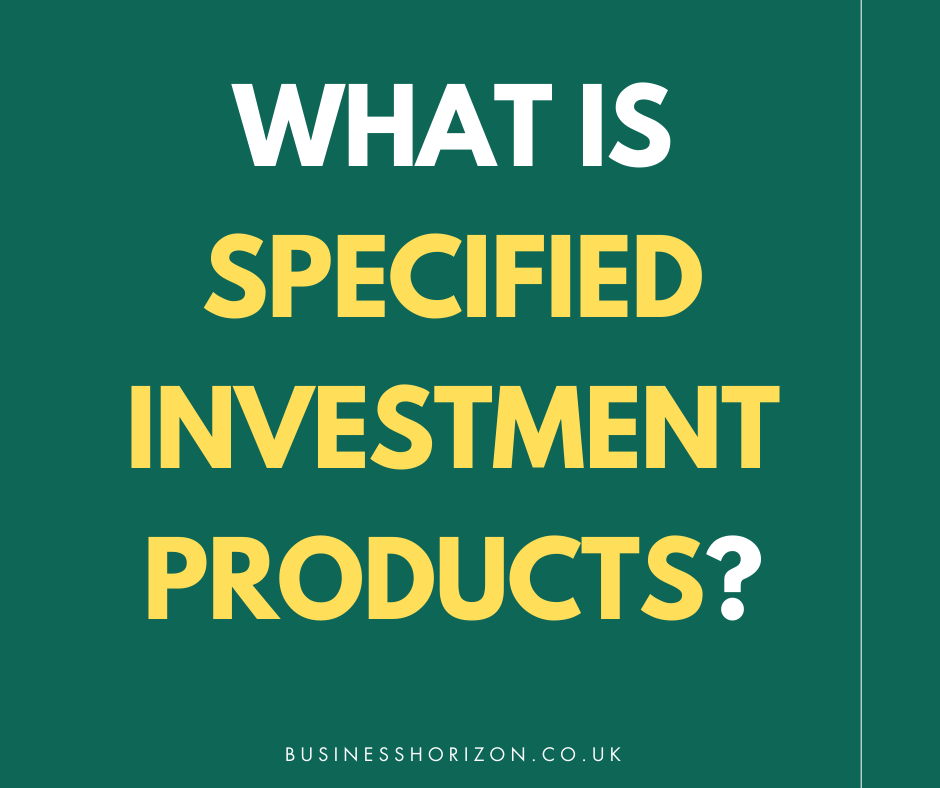Sometimes things change. Maybe you’re moving on to something new, or perhaps the business just isn’t working out like you’d hoped. Whatever the reason, if you’re a sole trader and thinking about shutting up shop, there’s a proper way to go about it. Closing a business isn’t just about locking the door and walking away. There are a few official steps to tick off before you can fully move on.
1. Start with the Decision
First things first, be sure you’re actually ready to close things down. Maybe you’ve already scaled back work or haven’t had clients for a while. But officially closing the business means notifying HMRC, tying up loose ends, and possibly paying off remaining taxes or suppliers.
If you’ve got stock left or equipment, now’s a good time to decide what you’re going to do with it. Sell it? Donate it? Store it in the loft, hoping it’ll come in handy someday?
Once you’ve made up your mind, the formal bit starts.
2. Tell HMRC You’re Stopping Self-Employment
This is a key step, and honestly, one you don’t want to skip. If you’re registered as self-employed with HMRC, you need to inform them that you’re stopping.
You can do this online through your Government Gateway account. There’s a form to fill out that basically tells them the date you stopped trading.
They’ll want to know:
- The exact date your business stopped
- If you’re still earning income from any other sources
- Whether you need to complete a final Self Assessment tax return
Once they know you’re stopping, they’ll update their records and stop expecting future tax returns from you (unless you’ve got other taxable income, like renting out a property or similar).
3. Complete Your Final Tax Return
Even after you’ve stopped trading, you’ll still need to do one last Self Assessment for the tax year in which you stopped. This return will include all your business income and expenses up until your last trading day.
Don’t skip this step. HMRC still expects it, and if you forget, they’ll likely chase you up later.
If you made a loss, you might be able to carry it back to a previous tax year and reduce your tax bill. That’s something worth checking with an accountant, especially if your business was profitable before.
4. Sort Out Any VAT (If You Were Registered)
Were you VAT registered? Then you’ll need to deregister.
You can do this online through your VAT account. Just let HMRC know the date you stopped trading. They’ll cancel your registration and send a final VAT return to complete.
You may also have to account for any assets you still own that you reclaimed VAT on, like equipment or vehicles. If they’re still worth something and you’re keeping them, HMRC might expect a final bit of VAT on those.
5. Pay Off Debts and Close Business Accounts
Now’s the time to square away any money you owe. That might be invoices from suppliers, tax owed, or a business credit card balance.
Pay them off if you can. If not, and you’re struggling with debt, talk to a debt adviser. There are free ones available like StepChange or Citizens Advice, and they’re usually very down-to-earth.
Once the finances are settled, go ahead and shut down your business bank account. It’s just one less thing to worry about, and it avoids any direct debits or charges catching you out later.
6. Cancel Licences, Permits, and Insurance
Think about everything your business used to run. Did you need any specific licences? A food hygiene rating? A waste carrier’s licence? A music licence?
Whatever applies to you, contact the relevant authority and cancel them. You might even get a partial refund.
Same goes for insurance policies. Business insurance, professional indemnity, public liability. All of those can usually be cancelled once you’re no longer trading. Some might offer a refund depending on how far through the policy you were.
7. Let Clients and Suppliers Know
If you’ve had regular clients or suppliers, it’s worth sending a quick note to say you’re shutting down. It doesn’t need to be a formal announcement. Just something like, “Just a quick message to let you know I’m closing the business as of [date]. Thanks for your support. It’s been appreciated.”
If you’ve got outstanding invoices or need to pay someone, get that sorted at the same time.
Also, make sure you’re clear on how long you’ll be keeping records or data. If you handled customer data under GDPR, you still have responsibilities, even after you close the business.
8. Keep Your Records Safe
Even after you stop trading, you’re still expected to keep your financial records. In the UK, you should keep your business records for at least five years after the 31 January submission deadline of the relevant tax year.
Hold onto things like:
- Sales and expense invoices
- Bank statements
- VAT records (if applicable)
- Any contracts or important correspondence
You never know when HMRC might want to check something.
Think About What’s Next
Once you’ve done the admin, you might feel a bit odd. Especially if the business has been a big part of your life. It’s okay to feel that way.
Some people take a break, travel, pick up a new hobby, or jump straight into something else. You might even return to employment or start a new venture. Whatever comes next, just know that closing one chapter doesn’t mean you’ve failed. It just means something else is starting.
A Quick Checklist
To make it easier, here’s a quick run-through of what we just covered:
- Decide to stop trading
- Inform HMRC and stop self-employment
- Submit your final Self Assessment
- Deregister for VAT (if applicable)
- Pay outstanding taxes or debts
- Cancel licences, insurance, and subscriptions
- Notify clients, customers, and suppliers
- Close business bank accounts
- Keep your records safe
- Take a breath and plan for what’s next


